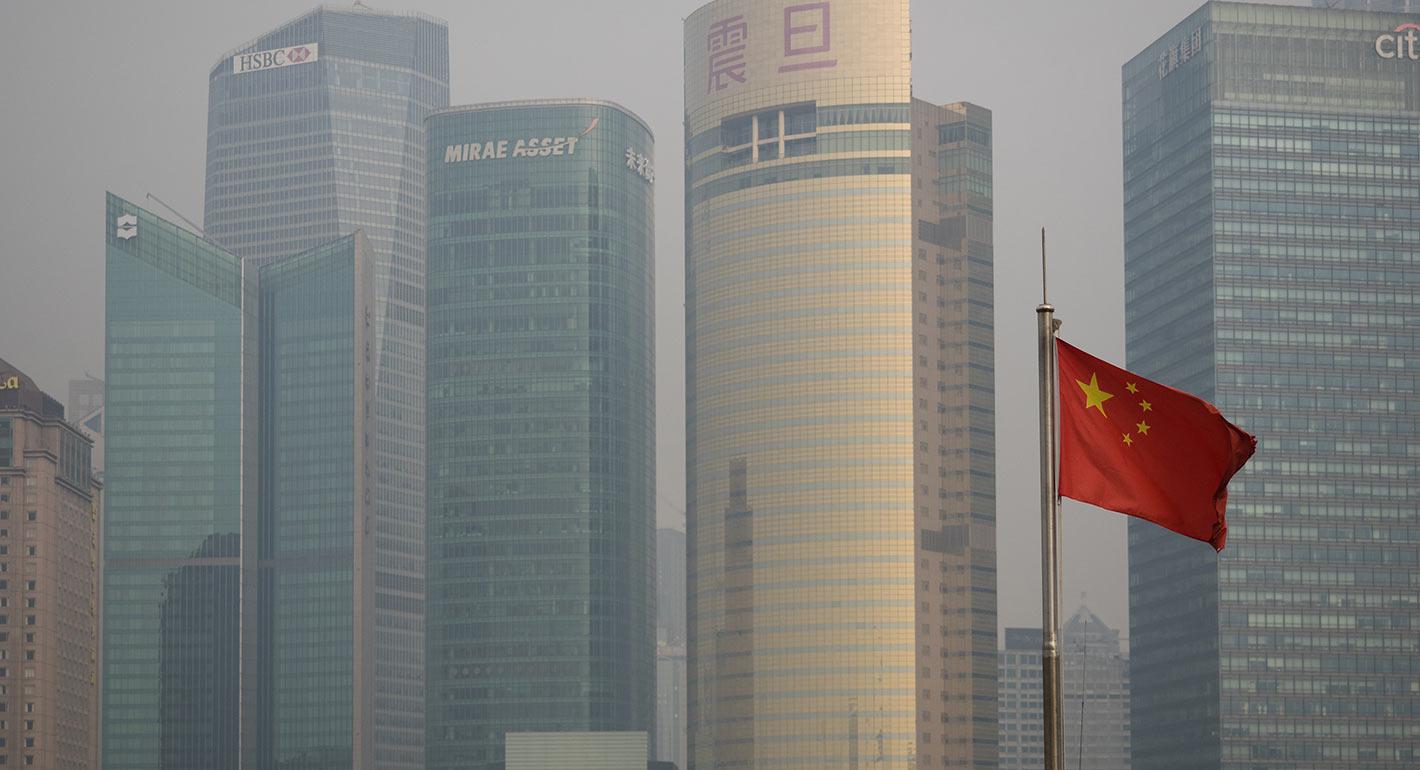Source: Routledge
China released key details of its Belt and Road Initiative (originally termed “One Belt, One Road”), during President Xi Jinping’s visits to Kazakhstan and Indonesia in the Fall of 2013. Initially billed as a network of regional infrastructure projects, encompassing road and rail routes, as well as oil and gas pipelines and facilities (the “Belt”), the scope of the BRI has continued to expand over the past few years. The “Road” component of China’s plan, the twenty-first-century Maritime Silk Road, envisaged a network of new port facilities and other coastal infrastructure extending from China through South and Southeast Asia all the way to Africa and the Mediterranean. The initiative featured prominently in China’s 13th Five-Year Plan, guiding national investment strategy from 2015 to 2020, and enhancing the coordination of all China’s policies across the Asian continent, including financial integration, trade liberalization, people-to-people connectivity, and a “digital silk road.” Although the geographical coverage of the BRI has repeatedly expanded, there is one long-lasting trend. Both the overland Silk Road Economic Belt and the Maritime Silk road have fundamentally been linking China with the European continent and its 500-million consumer market.





